Onteco™ Mars: The First World of the Futuverse™
Welcome to Onteco™ Mars, the first pioneering world of the Futuverse™. Here, you can experience the future of human settlement on Mars, where we explore sustainable living, innovative technologies, and community building in an off-world environment. This section delves into the unique aspects of Onteco™ Mars, from its settlements to its vibrant community, highlighting how it integrates into the larger Futuverse ecosystem.
Travel through
time and space
where we will create a better Future together.

What is Onteco™ Mars?
Onteco™ Mars is the digital twin of future cities on Mars, where you can experience life on the Red Planet approximately 45 years from now. The platform will be deployed in different phases, as indicated in the roadmap and it aims to represents an immersive environment where participants can co-create its physical, socio-political, and economic landscapes, gaining a broader perspective on sustainable living and community collaboration.
The Road to Sustainability
Mars offers a unique vantage point to address Earth’s sustainability challenges. In the harsh Martian environment, every action must be sustainable to ensure survival. This necessity drives innovation and can inspire solutions that we can apply back on Earth. Onteco™ Mars aims to improve life on Earth by demonstrating the importance of sustainable living.
Pioneering AI Integration
Explore how advanced Artificial Intelligence in Futuverse™ enhances avatar interactions and movements, creating more immersive metaverse ecosystems and enriching user experiences.
Empowering Creators
Join a multifaceted platform where innovation meets collaboration, empowering creators to build a better world.
Gaming and Digital Realities
Discover where gaming meets digital twin technology in Futuverse™, mirroring potential futures in an engaging, holistic environment.
Innovating Sustainability
Futuverse™ goal is to serve as a dynamic testing ground for sustainable solutions, where successful ideas are refined and prepared for application in both terrestrial and extraterrestrial environments.
Dynamic Marketplace
Futuverse™ aims to integrate Web2 and Web3 technologies, bridging the present and future of digital commerce across dimensions.
Human Settlements on Mars


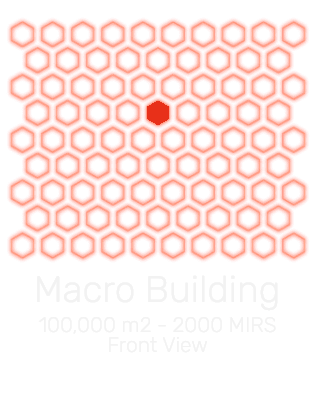

The Martian Community
Building & Crafting
Fashion
Fashion on Mars integrates sourcing materials, manufacturing, design, sustainability, and identity. The Martian environment will shape new fashion trends, focusing on practicality and sustainability. Our community explores questions such as how fashion will adapt to low gravity and how it will evolve in a new cultural context.
Food & Diet
Science indicates that large animals are not sustainable on Mars due to space and energy constraints. Instead, the Martian diet will likely focus on vegetarian options, insect-based proteins, and cellular meat. Our community explores innovative solutions for food production in extreme environments, aiming for self-sufficient settlements.
Arts
Arts on Mars will play a crucial role in self-expression and community building. The unique Martian context will inspire new forms of digital and physical art, bridging societies on Earth with those on Mars. Our community explores how art can adapt to and reflect the new realities of life on Mars.
Other Topics
Our community continuously proposes new topics relevant to life on Mars, incorporating them into our detailed analyses and case studies. Each idea adds innovative elements to the debate, driving action and implementation in the digital and real worlds.
Frequently Asked Questions about Onteco™ Mars
What are the main challenges of living on Mars?
Key challenges include protection from radiation and micrometeorites, managing internal atmospheric pressure, and maintaining thermal comfort. Cliffcity™’s design addresses these issues by using the natural protection of the cliff rock and incorporating advanced life-support systems. The city’s vertical design helps manage atmospheric pressure differences and reduces the risk of structural failure. Thermal inertia provided by the rock minimizes energy loss and maintains stable temperatures.
Why is Futuverse™ a digital twin?
A digital twin is a virtual representation that serves as the real-time digital counterpart of a present or future physical object or process. Onteco™ Mars acts as a testing platform for future settlements on Mars, allowing for real-time simulations and interactions. This helps prepare for off-world missions and develop sustainable solutions by analyzing social and physical constraints and integrating AI to adjust designs and policies.
Why is Onteco™ Mars a space analog?
A space analog simulates aspects of a human space mission in a controlled environment. Onteco™ Mars serves as a space analog by providing an immersive virtual environment that mirrors the challenges of living on Mars. This allows for testing and refining solutions in a safe, scalable way, making it economically feasible and sustainable.
What is the timeline for construction on Mars?
Building on Mars involves several critical steps, including developing steel production from local resources, oxygen manufacturing, and advanced tunneling technology. Initial colonies, consisting of 3D-printed buildings and geodesic domes, are planned for 2035. More advanced constructions like Cliffcity™ are expected to start by 2054. These steps require detailed analysis and scalable testing on Earth, advancements in robotics and AI, and improved rocket technology for transporting people and materials.
How much space will Martians have in their cities?
The first settlements (2035-2065) will be compact, prioritizing survival. Scientists and astronauts will live in 3D-printed buildings with shared spaces, similar to capsule hotels on Earth. Cliffcity™ (2065-2100) will provide larger spaces, accommodating civilians with private apartments (MIRS™ units) of 25 m² each. The total area per person will be 140 m², including communal and supporting areas. This is comparable to dense urban areas on Earth but is designed to be more efficient and sustainable. The architectural solution emphasizes minimizing material use while maximizing livable space.
The experiment will show what people are missing, what they would build, and how to improve the city. How will these adaptations be realized?
The digital twin of Onteco™ Mars is designed to be highly adaptive, incorporating user feedback and real-time data to evolve continuously. The environment within the digital twin will be updated regularly based on the needs and preferences of its inhabitants.
The Minimum Individual Residential Spaces (MIRS) will remain customizable by their owners, allowing for personal preferences and adjustments. However, the broader city infrastructure will undergo updates and improvements based on collective feedback. This process is akin to software updates, where new features and enhancements are rolled out to improve user experience.
Permanent improvements will be implemented to address issues, enhance functionality, and optimize living conditions. These updates will ensure that the digital twin remains a dynamic and responsive environment, capable of evolving with its inhabitants’ needs and preferences. By leveraging real-time data and user insights, Onteco™ Mars will continuously refine its design and operations, providing a living space that adapts to its residents’ changing requirements.
How is the architectural solution of the Cliffcity™?
Cliffcity™ is designed within the slopes of Martian cliffs, utilizing the natural protection of the rock. The city is situated on the slope of a cliff with abundant water access, providing a vertical living environment that is shielded from radiation and micrometeorites. The steep terrain allows for the creation of Macrobuildings—large, self-sufficient structures built into the cliff face. Each Macrobuilding includes residential, work, entertainment, parks, and spaces dedicated to art. These structures function similarly to giant mixed-use skyscrapers on Earth, where daily activities occur inside the building.
Macrobuildings are designed as three-dimensional networks of fourteen-meter diameter tunnels extending up to 120 meters into the cliff. This layout ensures protection from radiation and temperature extremes, leveraging the rock’s thermal inertia to maintain stable internal temperatures. The tunnels also manage internal atmospheric pressure differences, reducing the risk of structural failure.
The architectural solution includes larger communal areas at the valley of the cliff, featuring dome structures and large tunnels for hospitals, schools, sports facilities, cultural activities, shopping areas, and transportation hubs. These domes are transparent, providing a visual connection to the Martian landscape and protected by large canopies from radiation and micrometeorites. The domes act as city parks and greenhouses, creating diverse ecosystems that enhance the residents’ well-being.
How will transportation within Cliffcity™ be managed?
Cliffcity™ will feature an efficient transportation system that includes elevators, walkways, and possibly automated vehicles to navigate the vertical layout. This system will ensure easy access to different parts of the city, promoting connectivity and convenience for all residents.
What recreational activities will be available?
Recreational activities will be essential for maintaining mental and physical health. Cliffcity™ will include spaces for sports, arts, and social gatherings. Parks and green domes will provide areas for relaxation and community events, fostering a sense of normalcy and well-being.
What happens upon the birth of a child? Do new citizens automatically get their 25 m²?
Mars will require a natality control plan due to limited resources. People will likely not be able to have children without the settlement’s knowledge, as resources will be limited. Only citizens can own MIRS™ units, with each citizen allocated one unit. Visitors can live in pods or rent MIRS™ units for short-term stays. If a family wants to have a child, they must first secure an additional MIRS™ to accommodate the new family member. Newborns on Mars are by default citizens and therefore receive their 25 m² space. If parents do not have the resources to provide for a newborn, they risk losing their citizenship, and the child will inherit one of the parent’s MIRS™ units.
Could giving birth become a sort of business model in this respect?
To prevent the exploitation of natality for personal gain, the community will regulate this aspect. Depending on the city’s needs, the settlement can build new MIRS™ units with communal resources to incentivize or control natality. This ensures that population growth is aligned with the available resources and infrastructure.
How is the life-support infrastructure managed on Mars?
Martian settlements require robust life-support systems for air, water, food, and energy production. AI and robotics will play essential roles in maintaining optimal conditions and minimizing risks. Buildings will include emergency refuges and common spaces that act as firebreaks and shelters. Air showers at each macrobuilding entrance will clean and sterilize for health protection. These measures ensure that all essential functions are continuously monitored and managed to sustain human life.
How will the community handle emergencies?
Emergency preparedness is a critical aspect of life on Mars. Buildings will include refuge zones and common spaces that act as firebreaks and shelters. AI and robotics will assist in maintaining optimal conditions and responding to emergencies. Regular drills and simulations will ensure that all residents are well-prepared for potential crises.
What will the diet on Mars be like?
The Martian diet will focus on plant-based foods, with hydroponic and aquaponic farming systems playing key roles. Insects and algae will also be essential components. These sustainable food production methods are necessary to support long-term human habitation. Large-scale livestock farming is not viable due to the high energy and space requirements. Crops will be grown in CO2-enriched environments, with operations automated to reduce human labor.
What materials will be used for building on Mars?
To ensure sustainability, materials will be sourced locally on Mars. This reduces the energy required for transport from Earth. Key materials include steel, obtained by processing water, iron, and CO2, and other minerals available on Mars. Utilizing local resources supports autonomous development and helps create a self-sustaining settlement.
What will daily life be like on Mars?
Work on Mars will focus on technical and management tasks related to robotics, mining, and production. Although robotics and AI will perform the most intensive work, humans will manage and coordinate these systems. The community will also value arts and self-expression, fostering a vibrant cultural environment. Life will be challenging but rewarding, with a strong emphasis on collaboration and sustainability.
How will education be handled on Mars?
Education will be a priority, with dedicated spaces for schools and universities within Cliffcity™. The curriculum will focus on sustainability, technology, and Martian-specific challenges. Virtual learning and AI-assisted teaching will play significant roles in providing high-quality education to all residents.
How will governance work on Mars?
Governance will be community-driven, with residents participating in decision-making processes. Blockchain technology will ensure transparency and security in governance. Regular votes and discussions will help shape policies and ensure that the community’s needs are met.
Discover the first world of the Futuverse™ and join us in building a sustainable future on Mars. Learn more about the challenges, innovations, and opportunities that await in this new frontier. Visit the Hall of Founding Citizens to see the visionaries behind Onteco™ Mars and explore the Web3 store to buy your digital real estate on Mars.
